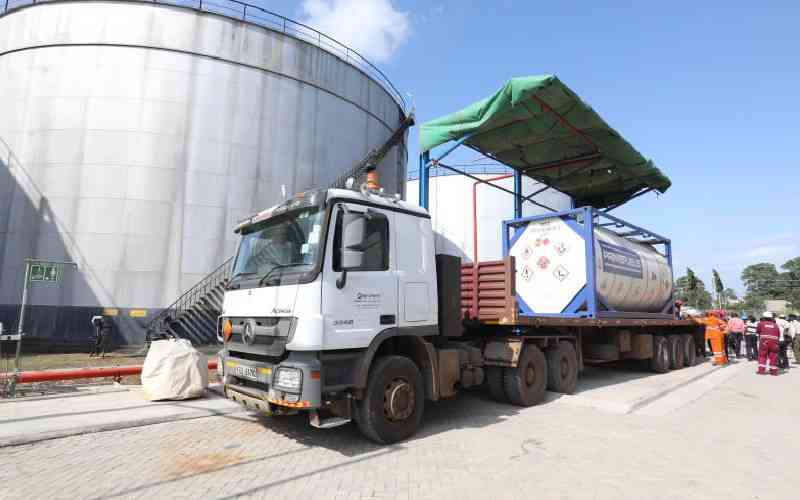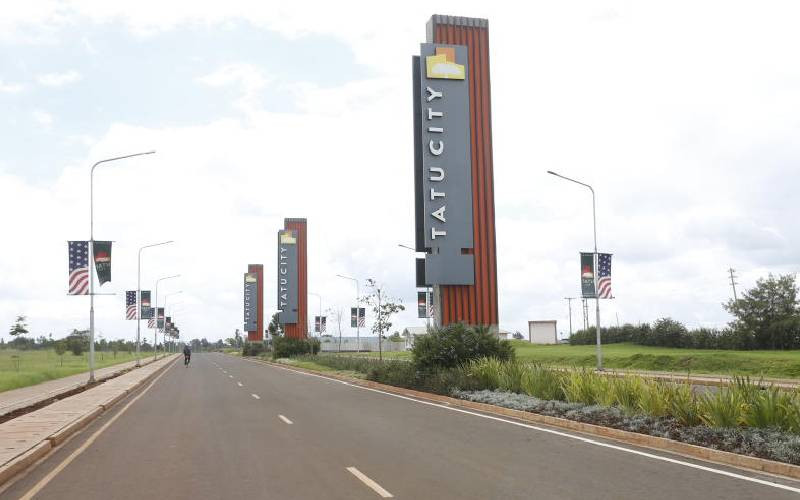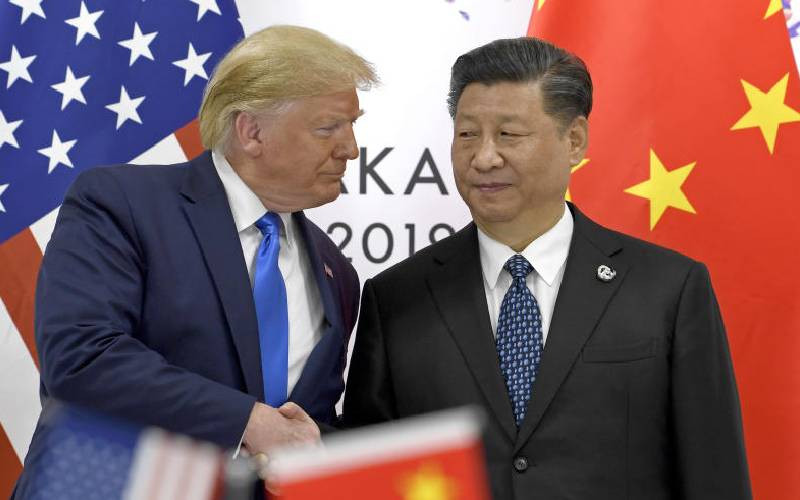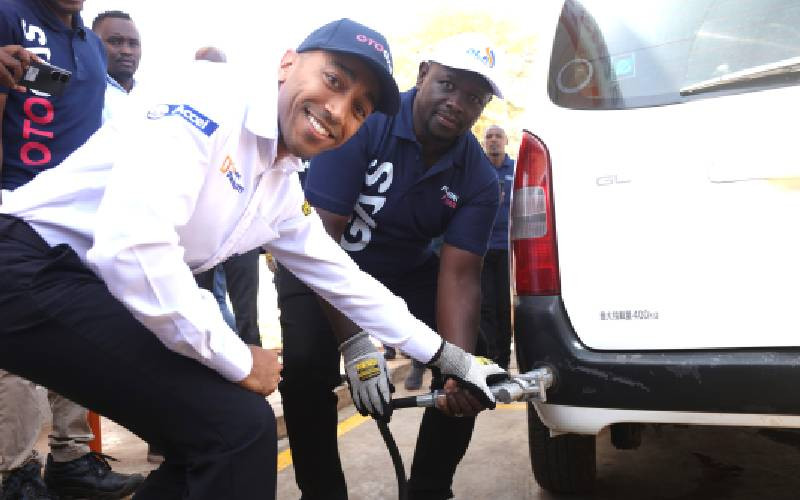×
The Standard e-Paper
Smart Minds Choose Us
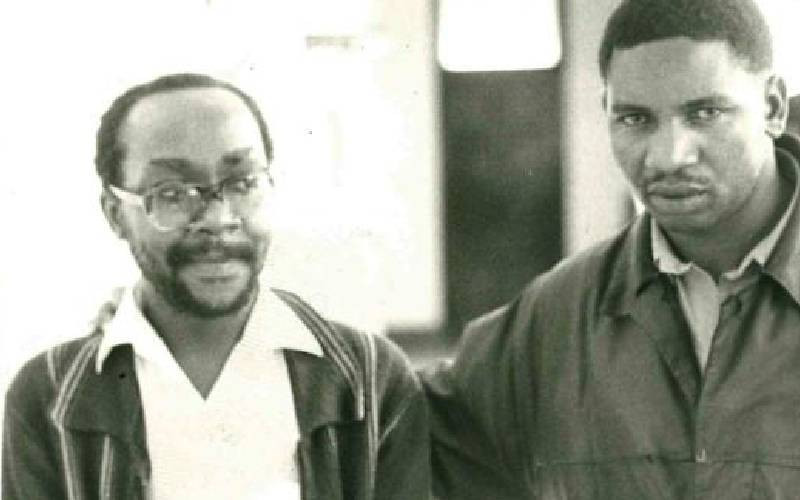
Like a ghost, the fleeting shadows of the resistance have been constantly moving, changing form and names from the day Kenya became a free state.
One of the most lingering movements, some historians say started December 22 to 23, 1974, when an ultra-secret Kenya Marxist Leninist party met in Nairobi. According to Mana Wa Kinyatti, the pioneers that attended were Adhu Awiti, Kamonji Wachira, Koigi Wa Mwere and Amin Kassim.
